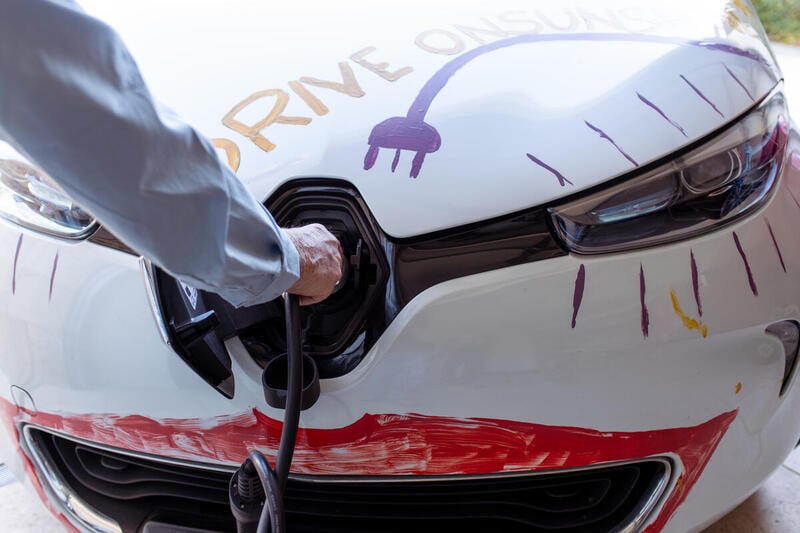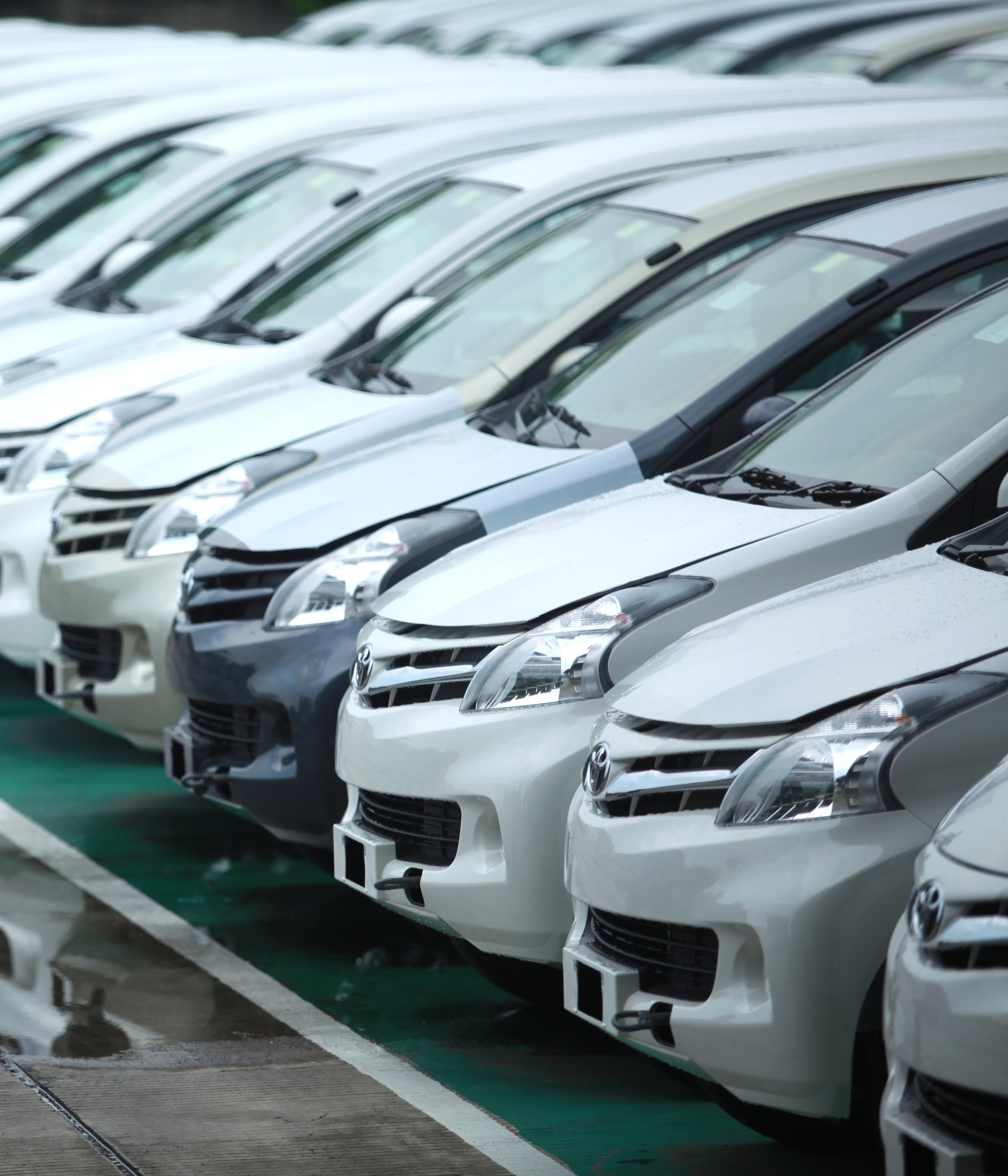18 January, 2022, BEIJING – New research from Greenpeace East Asia calculated emissions pathways for China’s car industry, which is on track to peak carbon emissions in 2027 but plateau afterwards, only decreasing emissions by around 1% per year for three years, and only 11% by 2035, overshooting the realistic pathway for the industry to achieve Net Zero by 2060.
“The premise of Net Zero commitments is an early peak and a long downhill, not a plateau and a cliff. Cutting emissions is cumulative. The longer you wait, the more impossible it becomes. Raising sales targets for zero emissions vehicles is the core policy tool to decrease emissions. Stalling with weak sales targets now sets car makers up for failure later,” said Bao Hang, a project leader in Greenpeace East Asia’s Beijing office.
For China’s car industry, industry-wide sales targets for zero emissions vehicles to replace the sale of internal combustion engine vehicles is a key emissions reduction policy. Current policies put China’s car industry on track to peak emissions in 2027. That year, the industry will emit 1.75 billion tons of carbon dioxide. Under this emissions peak scenario, the car industry would then need to reduce emissions by around 3% of the peak emissions total every year in order to arrive at Net Zero emissions by 2060. To follow that pathway, the industry would need to decrease emissions by at least 20% from the peak by 2035. Currently, the industry will only decrease emissions by 11% by 2035, which would require extreme, potentially unachievable, decreases later on.
To achieve a 20% decrease in emissions by 2035, zero emissions vehicles will need to comprise 63% of total car sales by 2030 and 87% in 2035. Car makers that have set relevant sales targets for China include Volkswagen (the brand, excluding other brands owned by Volkswagen Group), which announced a 50% sales target for electric vehicles by 2030, and Honda, which set a 40% sales target for electric vehicles and fuel cell vehicles by 2030. To be on track for Net Zero, Volkswagen would need to increase the 2030 sales percentage by 13%; Honda by 23%.
Comparing the compound annual growth rate (CAGR)² for foreign brands and Chinese brands, the report shows that foreign brands will have a harder time hitting necessary 2030 sales targets. Volkswagen Group, Nissan, Toyota, Honda, Hyundai-Kia, Mercedes-Benz, and BMW would need to achieve an average 60% CAGR for zero emissions vehicles over the 2020-2030 time frame. Chinese car makers SAIC, Great Wall Motor, Dongfeng Motor, Geely and Changan Automobile would need to maintain an average 34% CAGR, because they adopted deployment of electric vehicles earlier.
For Toyota, for example, electric vehicles only accounted for 0.6%3 of Toyota’s total China car sales in 2020. Toyota’s share of zero emissions vehicles would need to increase more than 100 fold to meet a 63% sales target by 2030.
“The ideal response is for car makers in China to completely phase out internal combustion engine vehicles by 2030. Anything later than that is not in line with the Paris Agreement target to limit global warming within 1.5°C. Currently, car makers in China are far behind. And especially foreign brands, which have a huge, influential presence in the Chinese market, are the farthest behind,” said Bao.
Policymakers need to set higher quotas4 for zero emissions vehicles sales into 2030, and issue a roadmap of peak carbon emissions and carbon neutrality for the car industry to set a clear baseline. The government should also invest in electric vehicle infrastructure, such as charging stations.
NOTES
- This proposal was included on page 30 of the Society of Automotive Engineers’ 2020 publication 《节能与新能源汽车技术路线图2.0》.
- CAGR is a representative metric of growth for business targets such as sales, revenue, clients, units produced, units delivered. For the car industry, it can be a measure growth for electric vehicle sales. Here, the CAGR refers to the compound annual growth rate in the unit sales of zero emission vehicles.
- Source: Marklines
- Currently, the State Council proposed that by 2030, the proportion of newly sold vehicles powered by new energy and clean energy will reach about 40%. (See: link)
The full report is available here (link in Chinese).
CONTACTS:
August Rick, Greenpeace East Asia, Beijing, [email protected]
Greenpeace International Press Desk: [email protected], +31 (0) 20 718 2470 (available 24 hours)



